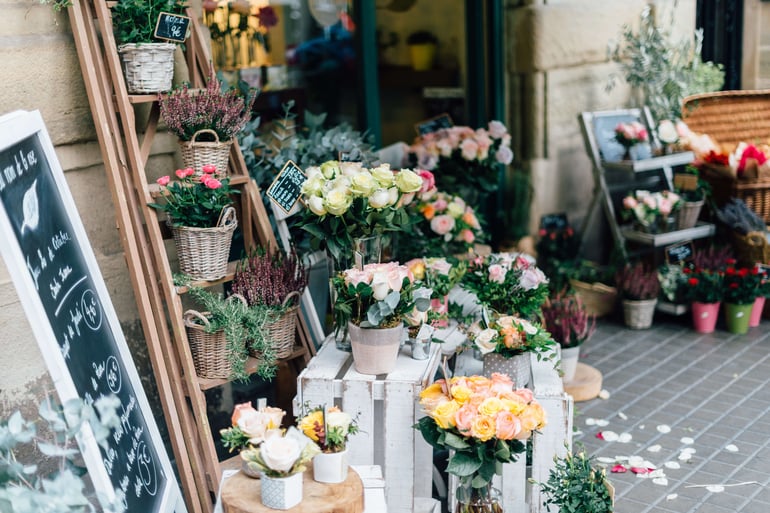Inflation has been impacting events across the board. According to the US Bureau of Labor Statistics, consumer prices are up 9.1% over the last year. With a new round of government spending coming through congress as well, it can feel like we'll see prices continue to rise. So how do you make sure that you're still remaining profitable?
Here are some strategies that you'll want to do to ensure that you're remaining profitable:
Update your Pricing
 It may seem simple, but making sure you keep your pricing up to date is critical. You can quickly build out pricing for your items using a tool like Curate. There are two general types of products in businesses: custom-priced products and pre-priced products.
It may seem simple, but making sure you keep your pricing up to date is critical. You can quickly build out pricing for your items using a tool like Curate. There are two general types of products in businesses: custom-priced products and pre-priced products.Custom-Priced
Custom priced products are things like a caterer building a custom recipe for the first time or a florist designing from a Pinterest photo. In these cases, you're calculating the costs of your raw goods in a way that generates a custom price. If you've updated your raw goods pricing, it'll automate this process.
Custom priced products are things like a caterer building a custom recipe for the first time or a florist designing from a Pinterest photo. In these cases, you're calculating the costs of your raw goods in a way that generates a custom price. If you've updated your raw goods pricing, it'll automate this process.
Pre-Built Pricing
If you use pre-built pricing that gets updated on an annual basis, speed up the time that you do that pricing. Rebuild your menu pricing on a quarterly basis. In Curate, you can do this by going to your product menu and simply opening up your menu items to see what the new recommended price should be based on your library.
If you use pre-built pricing that gets updated on an annual basis, speed up the time that you do that pricing. Rebuild your menu pricing on a quarterly basis. In Curate, you can do this by going to your product menu and simply opening up your menu items to see what the new recommended price should be based on your library.
Ingredient Pricing
For either item, it's integral to update your pricing on your raw goods to quickly be able to reprice things. You're going to want to choose a high average for these items. You'll never be able to perfectly predict what the pricing of one of your ingredients will be in 9 months. When building your pricing, avoid speculating what it *will* be. However, you can...
For either item, it's integral to update your pricing on your raw goods to quickly be able to reprice things. You're going to want to choose a high average for these items. You'll never be able to perfectly predict what the pricing of one of your ingredients will be in 9 months. When building your pricing, avoid speculating what it *will* be. However, you can...
Build Additional Margin into your Pricing
If you normally shoot for 40% profit margin on steaks, shoot for 50% or 55%. You may have used a 3x markup for the past several years but it may be time to make that 3.5x. If you're using realistic pricing and properly set margins, you put yourself in a strong position a year from now whenever the event actually occurs. There is a strategy where you want less events but more profitable ones where you can use this same strategy. The heartbeat of this suggestion isn't that - it's to protect your margins vs make additional profit. It's easy to feel awkward about that additional "predicted" profit initially but it's only that...predicted profit. Prices likely will continue to rise. It's tremendously easier to tell your customer you can throw in some free extras if pricing doesn't increase and your margins hit next year during the actual event.
Don't Budge on your Pricing
The younger your company is, the easier it is to make one-off exceptions on what something should cost. You have to avoid that. If you're using a tool like Curate to help build out pricing, you should be confident in that pricing and stand by it. We'll go a step further: the customer NEEDS you to be firm on your pricing. Customers don't make special event purchases every day. They view you as the expert. The moment you start questioning whether it's fair, they pick up on your cues and start to question whether it's fair as well.
Most importantly, it's hard to give customers 100% when you're on-site at their job 6 months later and you've had to cut costs. The worst time to realize that you lost money is while you're standing on a ladder frustrated that you're personally installing a Chuppah that made you zero dollars.

